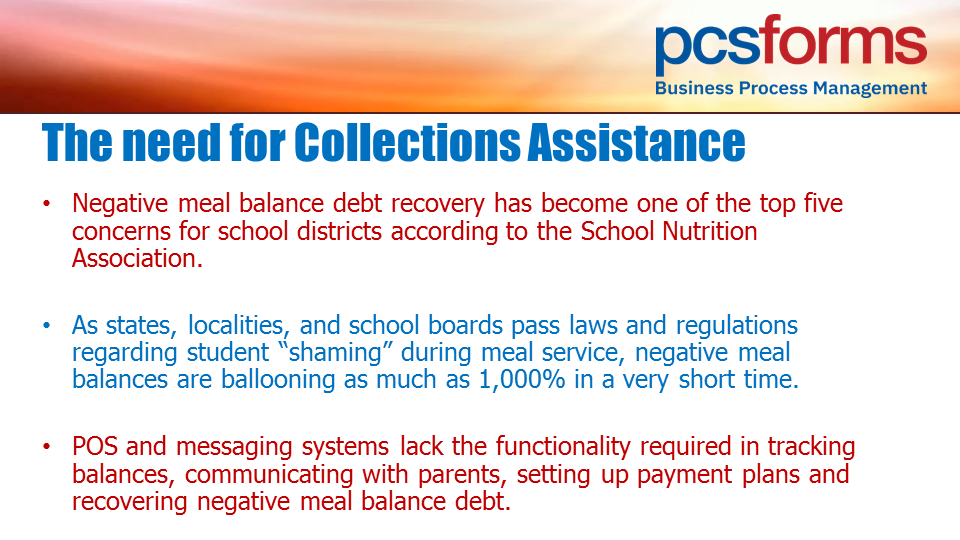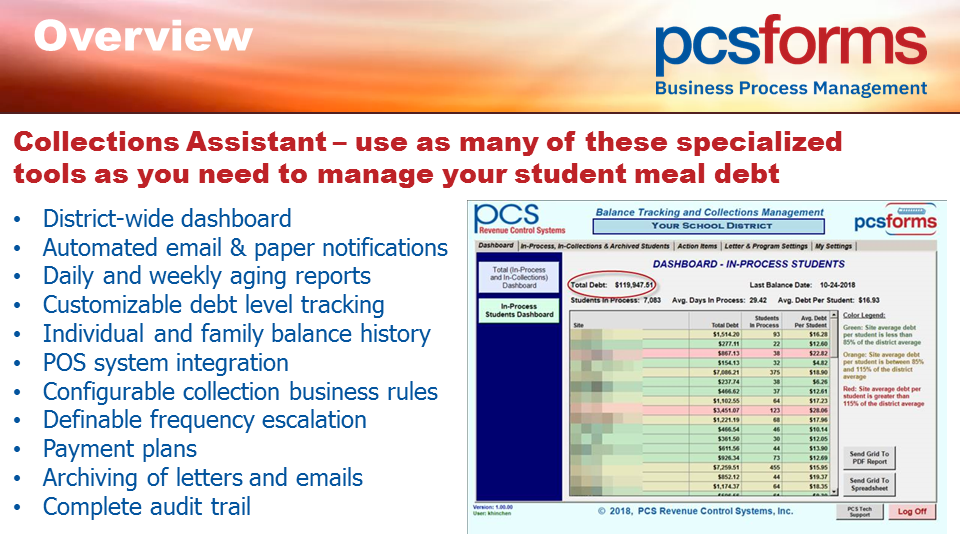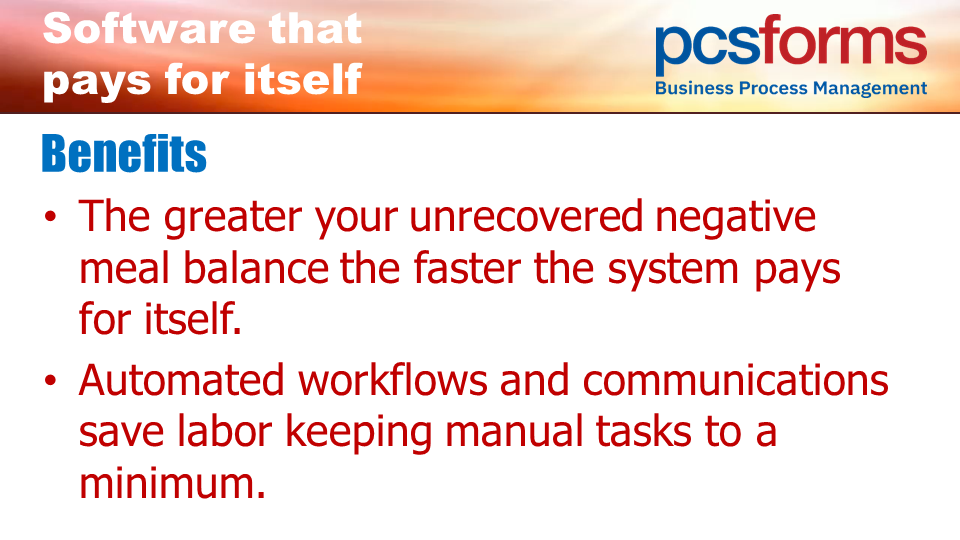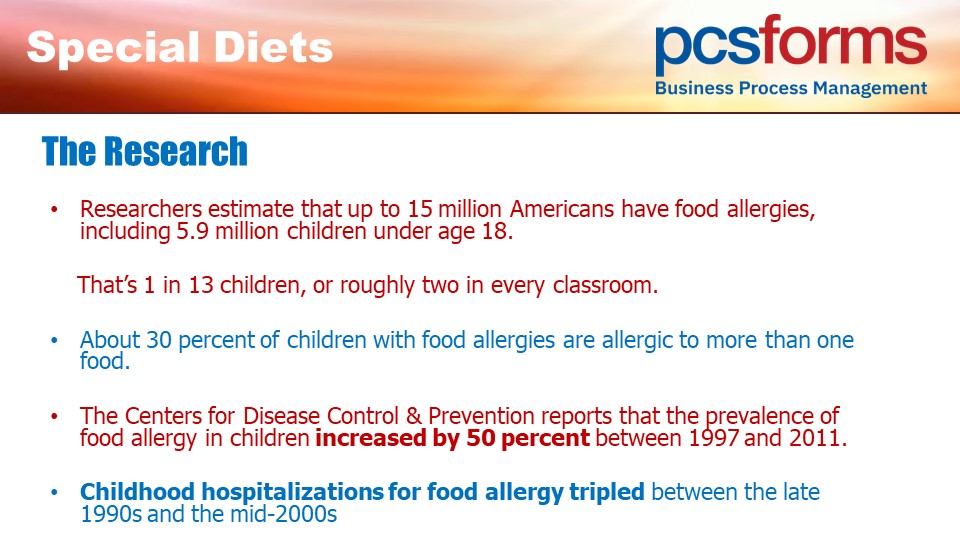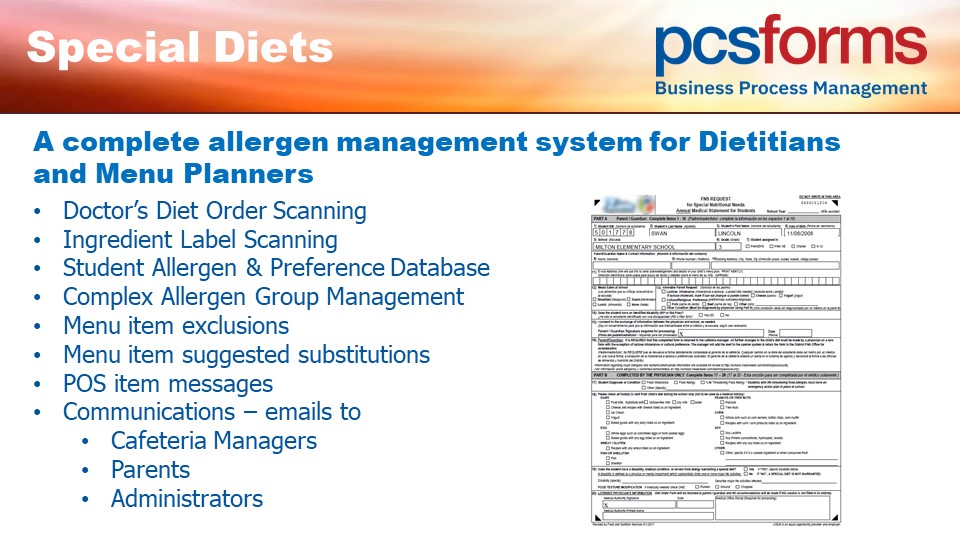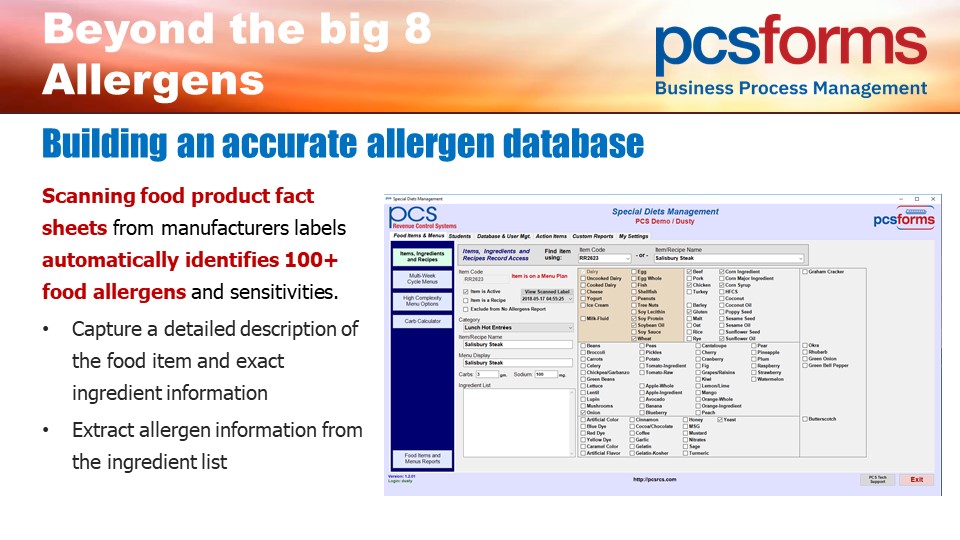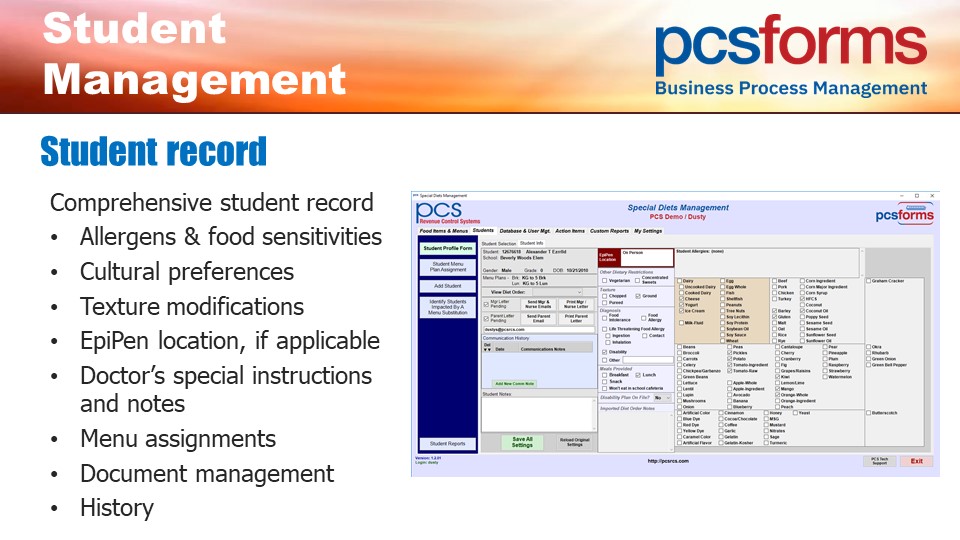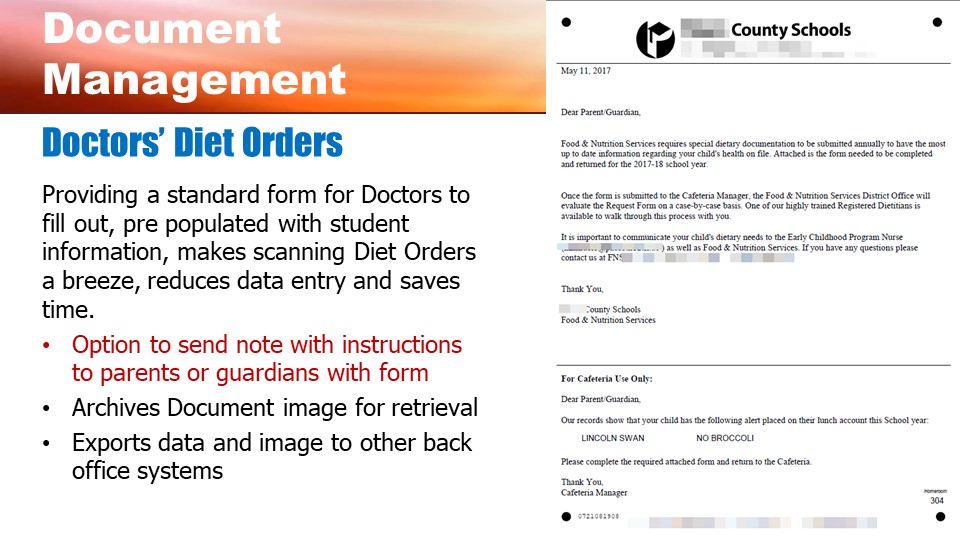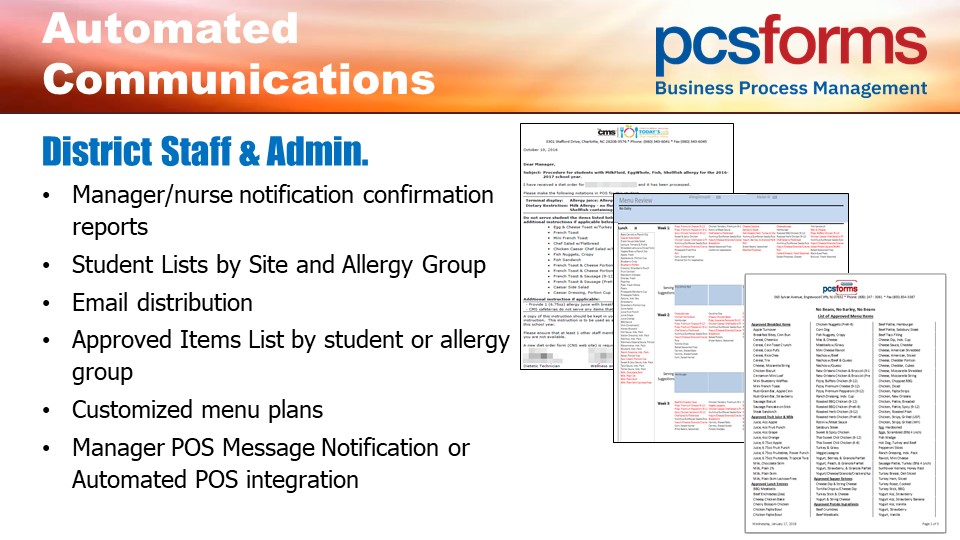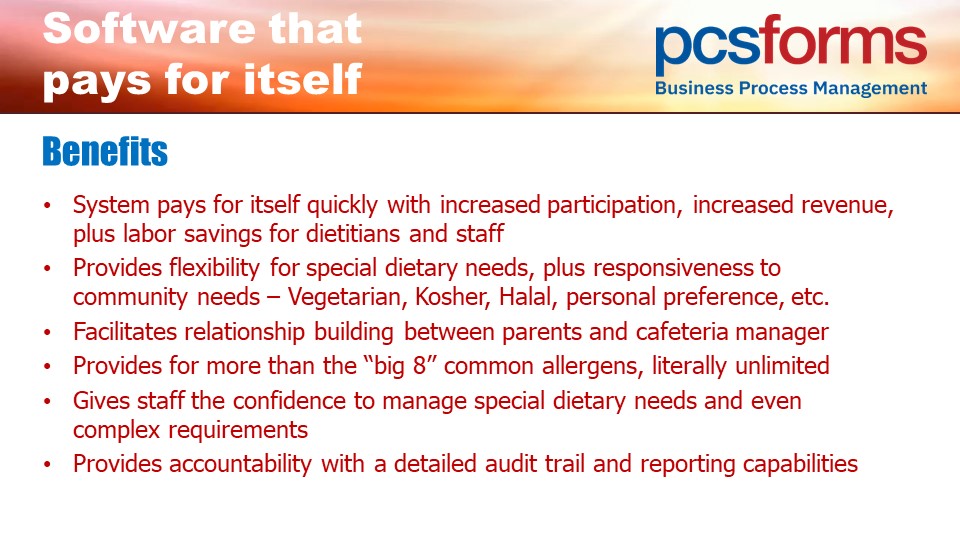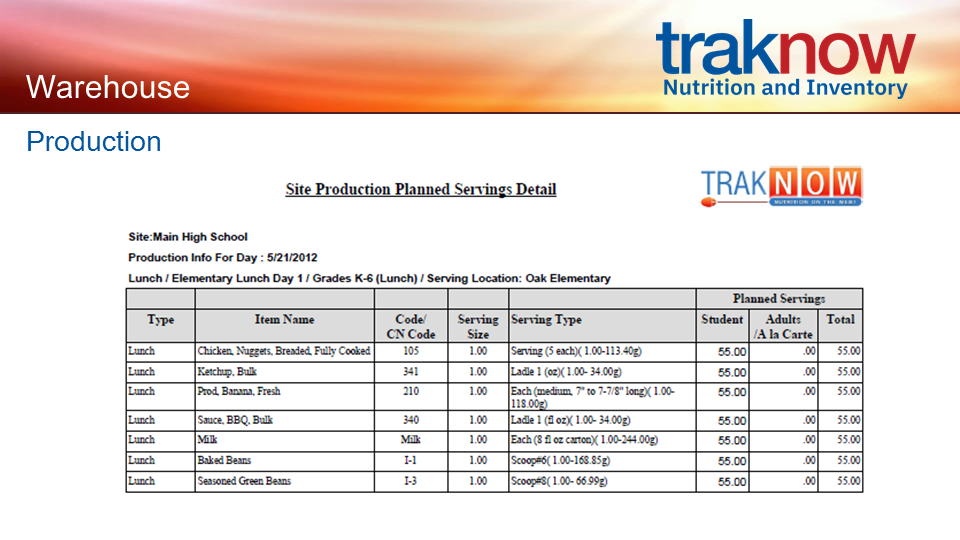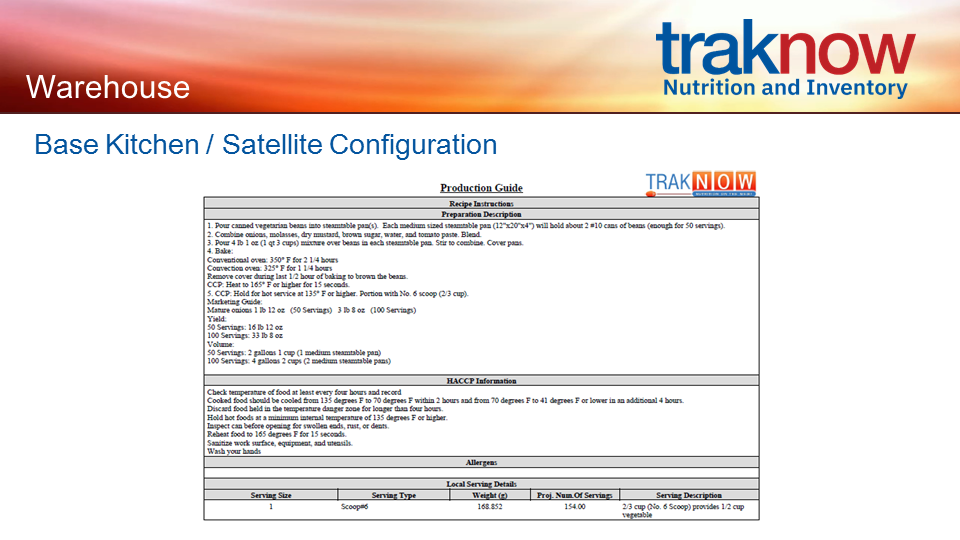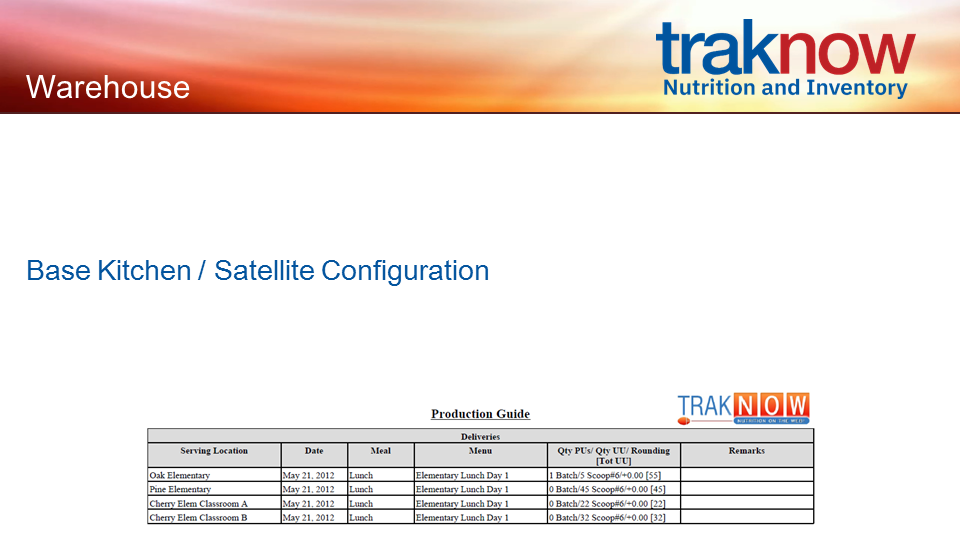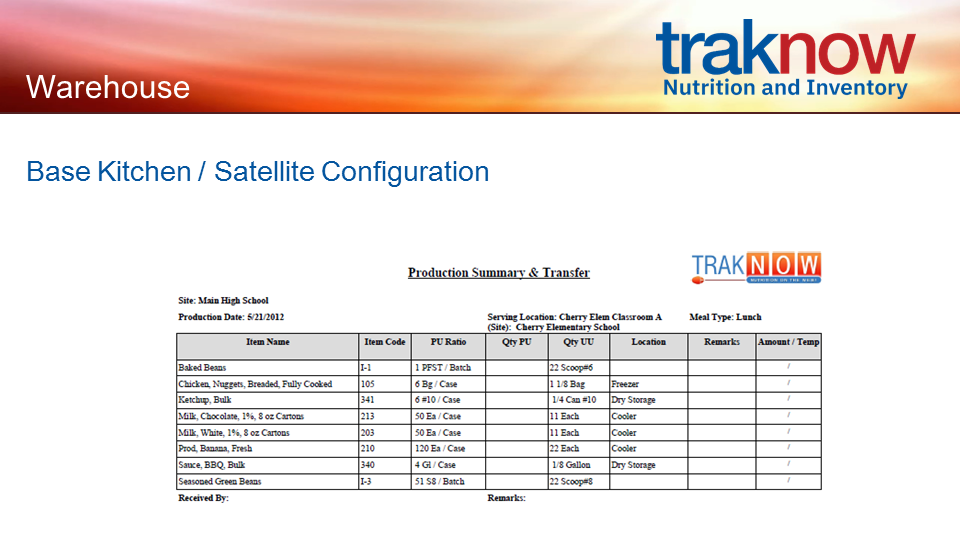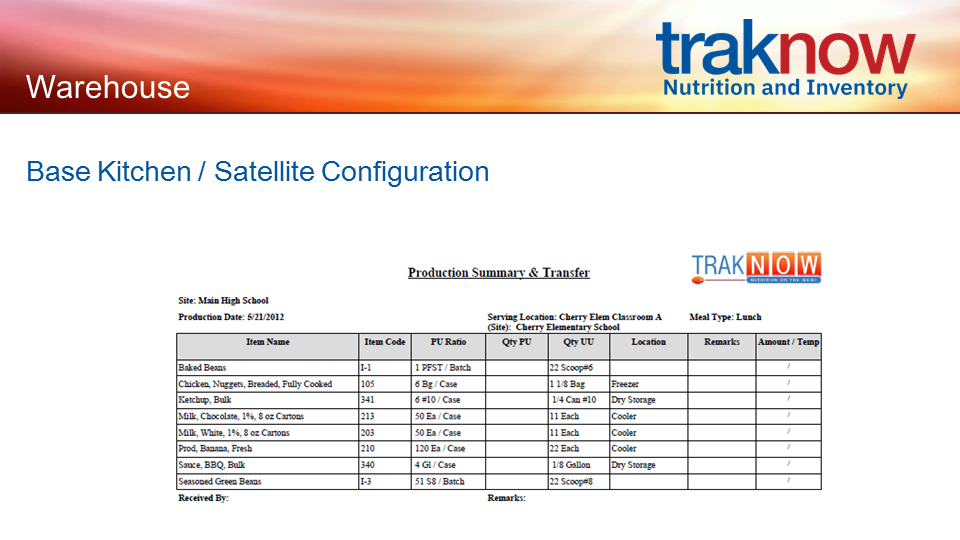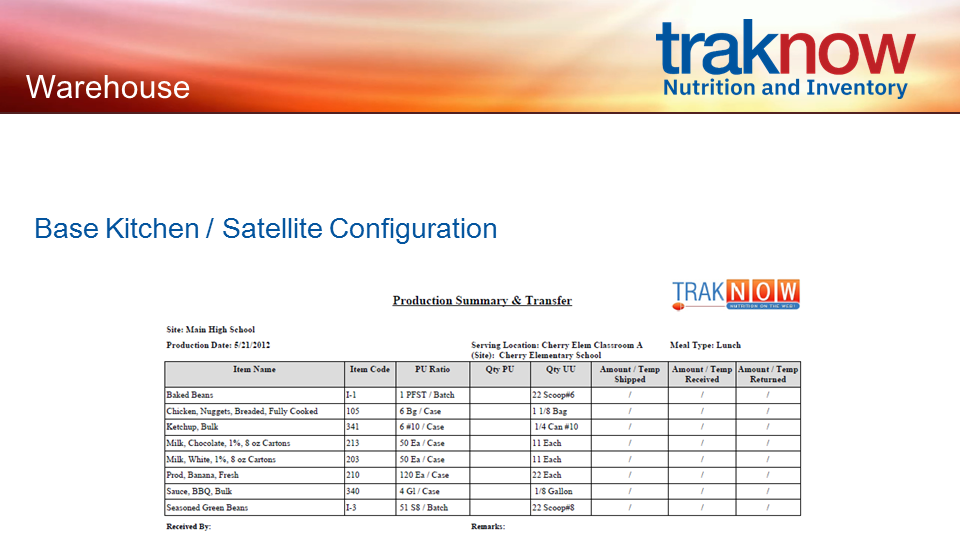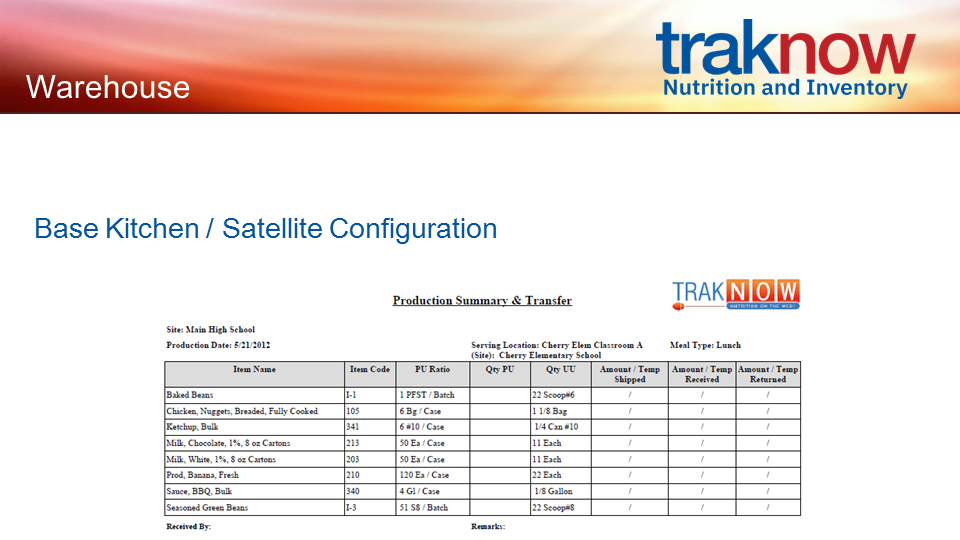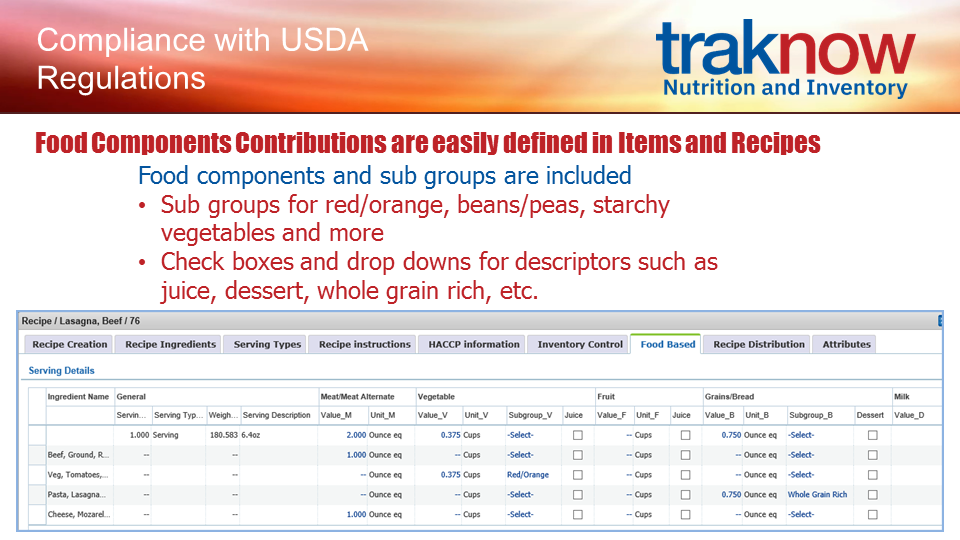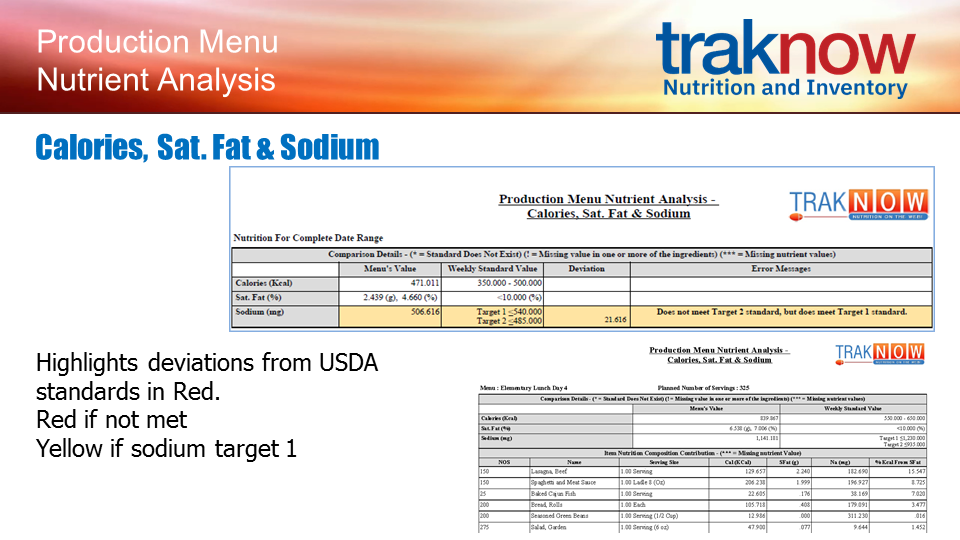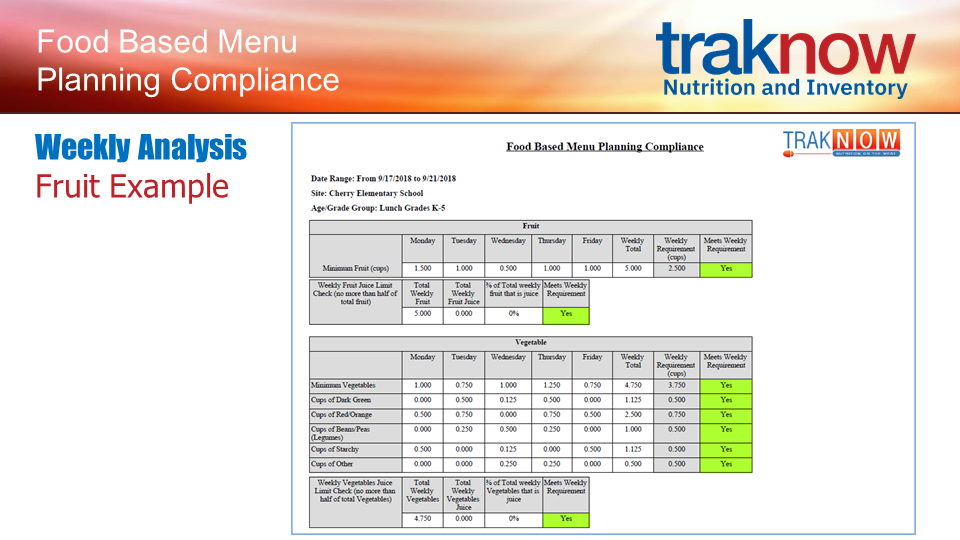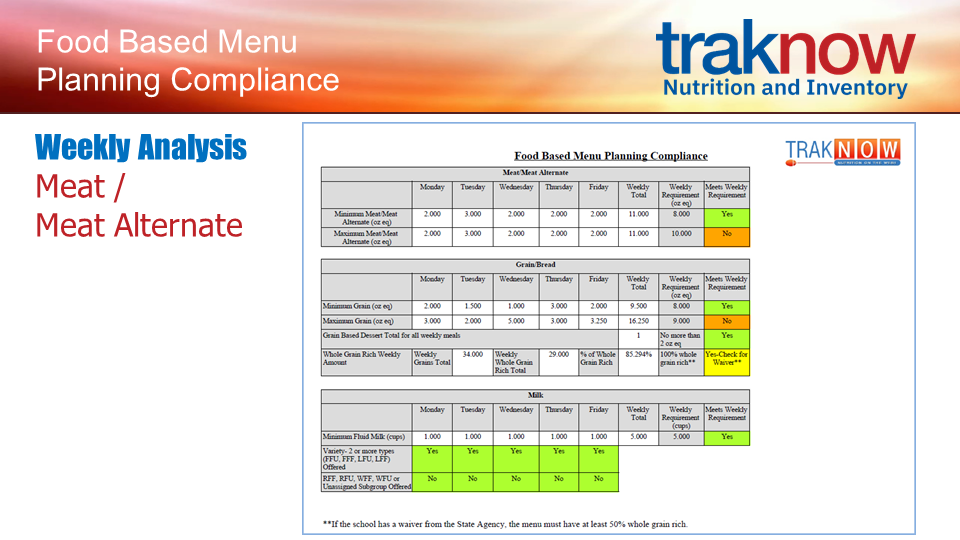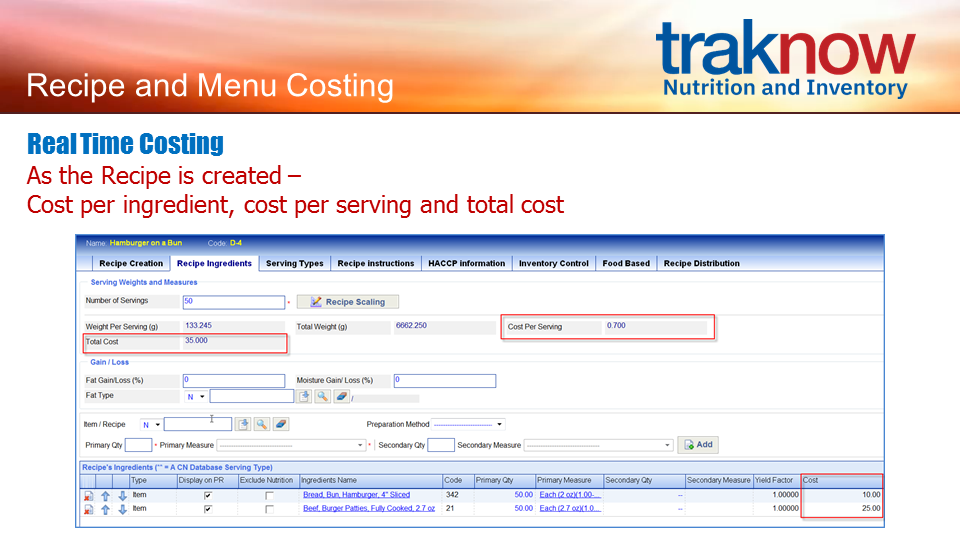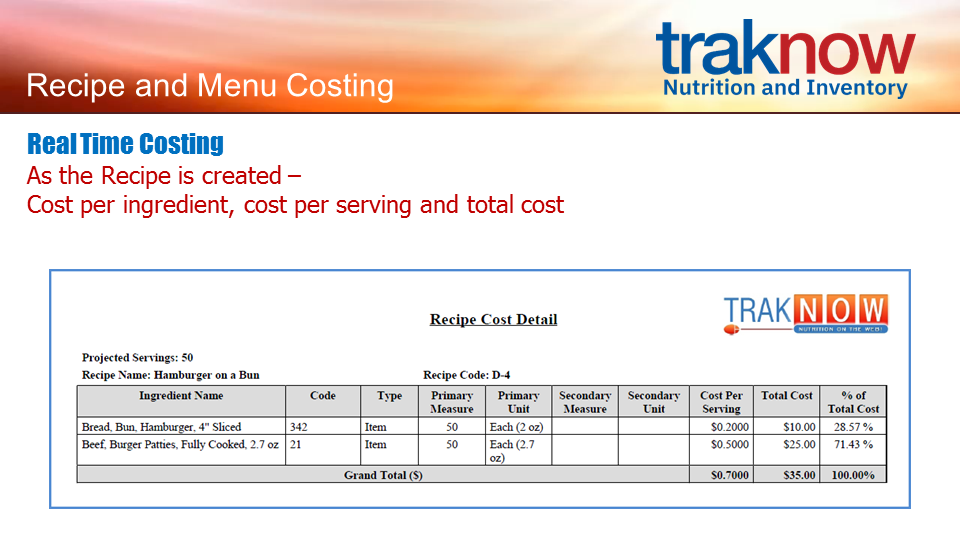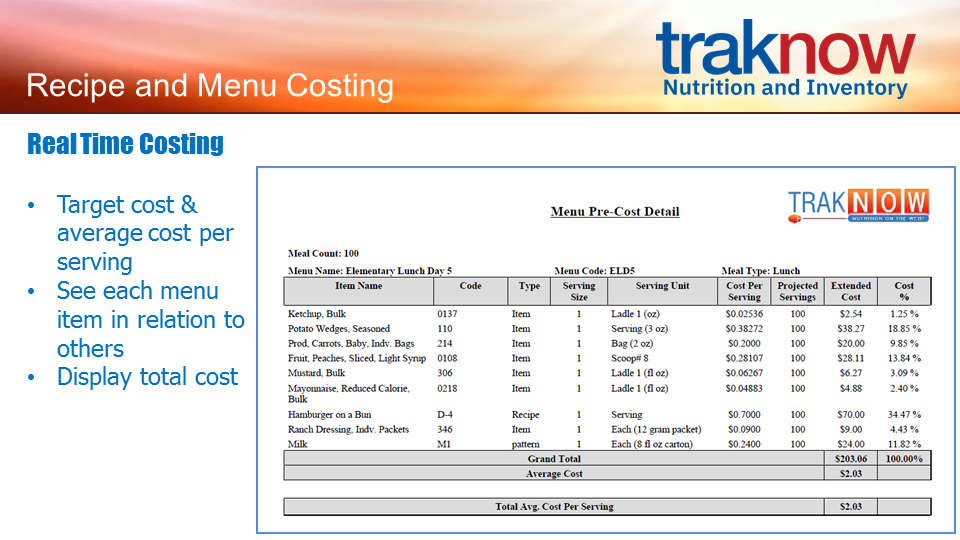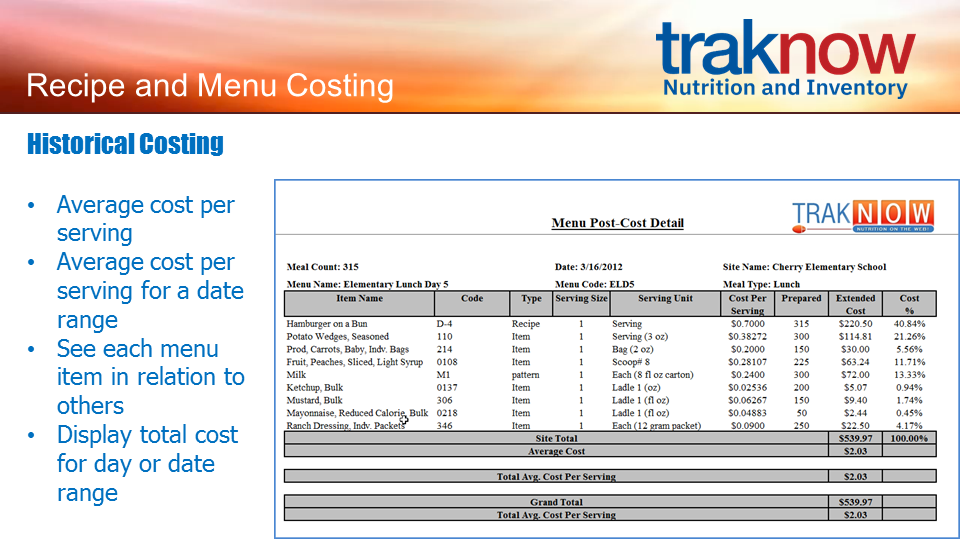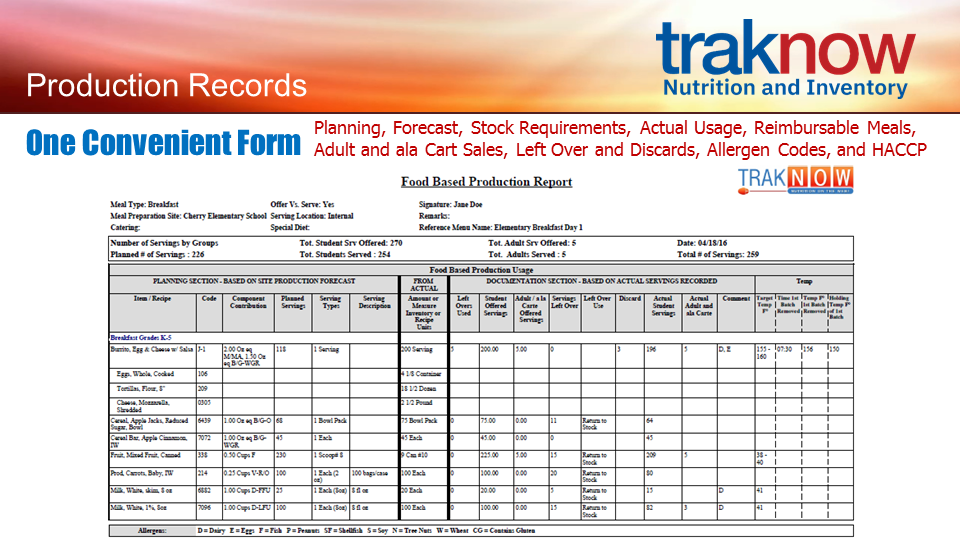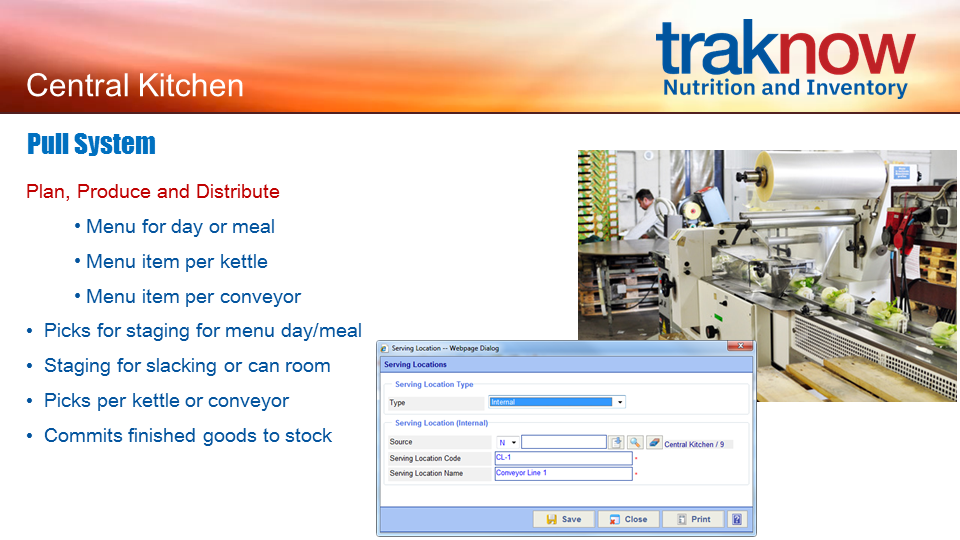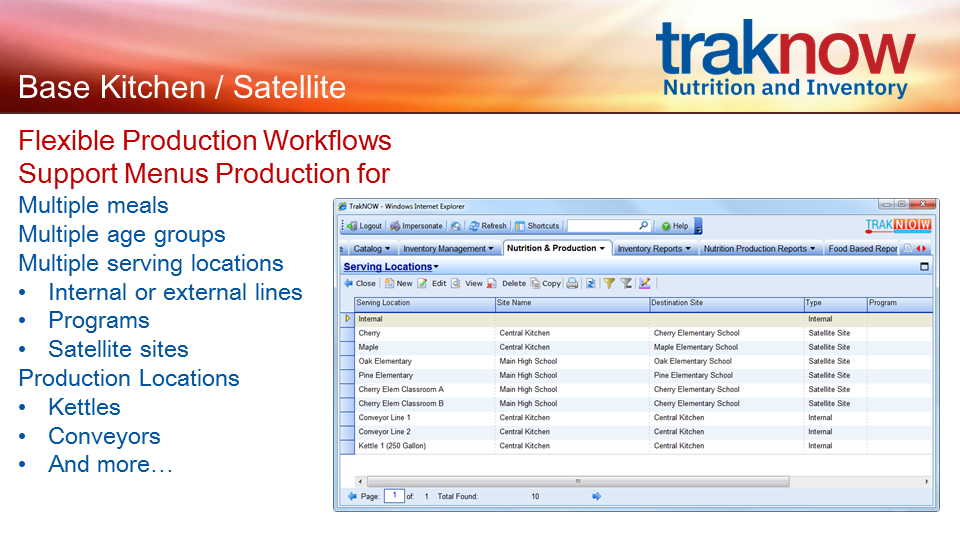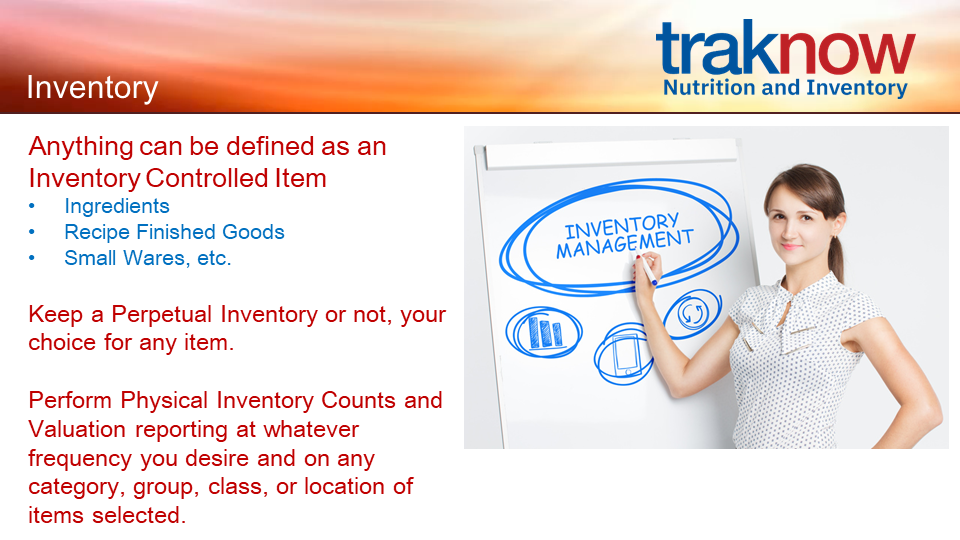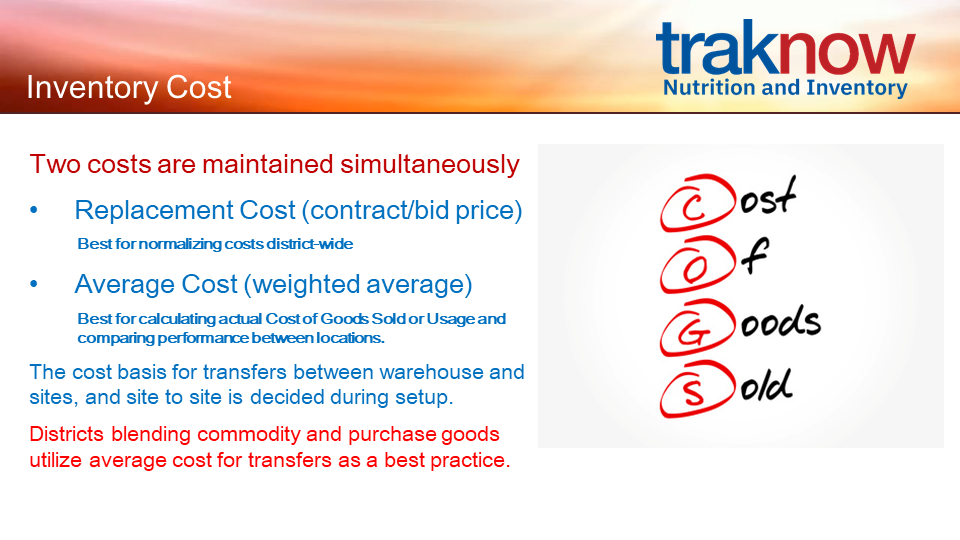Blog

Mar
Breakfast in the Classroom with OrderNOW by PCS on the PayPAMS Parent Portal
Dave 0 comments School Lunch News From Around The USA, Uncategorized
Breakfast is the most important meal of the day. It is the meal that provides the body with the necessary nutrients to start the day off right. Not all children have access to a healthy breakfast at home, that is where Breakfast in the Classroom comes in. Breakfast in the Classroom is a great way to ensure that all students have access to a healthy breakfast. With the help of OrderNOW, schools can provide this service with ease and convenience.
Here’s How it Works
 OrderNOW is an ordering app for PCs, tablets, and phones that allows parents and teachers to order breakfast for their students with ease. Teachers can place orders for their entire class and parents can order breakfasts for the whole week. Meal counts are tabulated for food production and routed back to the classroom or alternate serving areas, ensuring that all students have access to a healthy meal to start their day. Parent ordering saves valuable time for teachers who no longer have to worry about collecting breakfast orders from each student and delivering them to the cafeteria.
OrderNOW is an ordering app for PCs, tablets, and phones that allows parents and teachers to order breakfast for their students with ease. Teachers can place orders for their entire class and parents can order breakfasts for the whole week. Meal counts are tabulated for food production and routed back to the classroom or alternate serving areas, ensuring that all students have access to a healthy meal to start their day. Parent ordering saves valuable time for teachers who no longer have to worry about collecting breakfast orders from each student and delivering them to the cafeteria.
OrderNOW can also be used by students with smart phones for direct orders to the cafeteria.
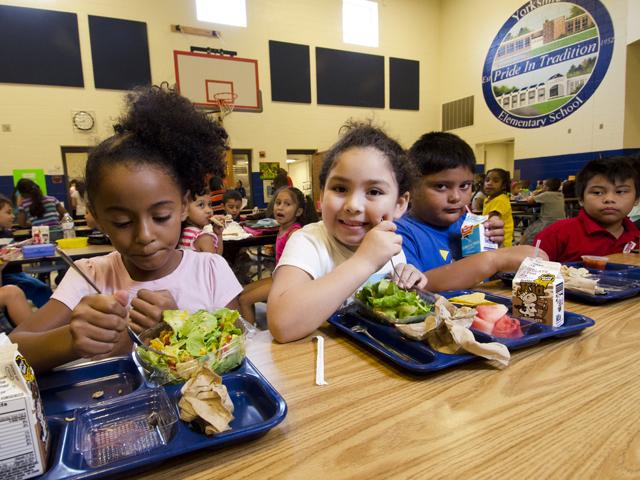
Jan
The National Council of Farm Cooperatives said the executive order President Biden signed Monday to enforce and strengthen “Buy American” provisions should lead to oversight of Agriculture Department school meals purchases.
“The president is taking action to reset the U.S. government’s longstanding approach to domestic preferences to create an approach that will remain durable for years to come and grow quality, union jobs,” the White House said in a fact sheet about the executive order.
“The president’s executive order establishes the goals and standards necessary to use federal purchasing, and other forms of federal assistance with domestic preference requirements, as a way to proactively invest in American industry so it can continue to lead in the global marketplace.”
The White House noted that the executive order refers to “domestic preferences related to federal procurement, federal grants, and other forms of federal assistance. Buy American and Buy America refers to the specific statutes that go by those names,” adding that a director of Made in America will be appointed in the White House Office of Management and Budget to oversee implementation of the order.
NCFC noted that it and its members have expressed deep concern in recent years over a marked increase in the amount of foreign-produced food served under the school lunch and breakfast programs “when comparable American-grown products are readily available and competitively priced, something that is contrary to the intent of the Buy American provisions.”
The White House fact sheet did not make specific mention of school food purchases.
“On behalf of America’s farmer co-ops and their member-owners, I would like to thank President Biden for signaling his strong support for ‘Buy American’ provisions as a way to ensure good jobs and prosperous local economies across the country,” said Chuck Conner, president and CEO of NCFC.
“At the same time, the previous administration started by making a similar show of support for these provisions, but failed to put substance and action behind its words. Hopefully, by appointing a new director of Made In America within the White House, this administration will be more active in enforcing existing requirements in the law and in working with Congress to strengthen these provisions.”
NCFC said that examples of schools buying foreign foods are:
– 81% of apple juice served in U.S. schools is imported;
– 50-60% of the fish served in schools are caught by Russian ships and processed in China;
Read FULL ARTICLE HERE

Dec
North Andover Sustainability Committee member and mom Joanna O’Connell set out on a mission to cut down on food waste in North Andover schools, and with the help of eco-conscious students and lunchroom and custodial staff, that mission is being accomplished.
“We were already recycling really well as a school district,” O’Connell said as she sipped coffee at Good Day Café on High Street waiting for school lunch periods to begin so she could check out their progress. “We were able to move past that and focus on food waste, which is good.”
RELATED: Reduce Overproduction & Waste with Traknow
Here’s the process:
- Kids separate their lunch waste by recyclables and food and put the food waste into green bins at the end of lunch, with student helpers guiding them.
- The custodians (O’Connell got them wheels for the trash barrels) then bring the waste outside to a specified composting bin.
- Merrimack Valley-based OffBeet Compost comes and picks up the bins twice a week.
- OffBeet turns that waste into soil at sites in Haverhill and Lowell, which is then sold to local farms, and the company’s owner also ships some to people who are in an OffBeet program. O’Connell, for example, pays $5 a week and leaves her compost outside for them to pick up, and twice a year she gets soil back.
The program, funded by the state this year, so far involves the Thomson and Kittredge elementary schools as well as North Andover Middle School and seeks to cut 30 percent of the town’s trash truck waste by removing compostable stuff from the trash stream.
Teachers helped get the kids excited with training videos about composting and the importance of cutting down on food waste.
“I kind of said to them, ‘We’re going to take out this 30 percent, we’re going to get it to a local farm, and they’re going to move it around, care for it, and in nine months or so, it’s going to turn back into soil, and that soil is then going to be used to plant your crops that you’re then eating,’” O’Connell said.
Benefits of school composting programs include:
- Cutting down on food waste
- Allowing kids who hear scary environmental news on a daily basis to get involved in fixing the problems
- Teaching kids about nature and science with hands-on experience
- Less work for the custodial staff who have to lug around trash bags after lunch
- Giving kids a purpose they can carry with them into adulthood and maybe save the world’s environmental issues
Read Full Article at North Andover WickedLocal

Jun
A 9-year-old boy is reaching into his piggy bank to help his classmates in Napa, California. Ryan Kirkpatrick used his allowance to pay off the lunch debt for his entire third-grade class.
KGO reported that Ryan became inspired to take action after talking to his mom, Kylie Kirkpatrick, about kids who couldn’t afford school lunches.
Ryan then asked his mom to find out how much was owed by his fellow third-grade classmates at West Park Elementary School. That amount came out to be $74.50.
Kylie Kirkpatrick told KGO, “It was, I think, $74.50. So I took that email and came to Ryan and said, ‘What do you want to do,’ and he said, ‘I guess I can pay for it.’ And I said, ‘Are you sure?’ And he said, ‘Yes.'”
Ryan said that he would typically use his allowance to purchase sports gear.
This time, he gave it all to the school.
The school district policy says that students who have a negative lunch account will still receive a hot meal.
Depending on income levels, elementary school meals range in price from .30 cents to $3.25, KGO reports.
“I want them to realize people actually think about them because you’re just bragging about stuff. I want them to feel happy someone cares about them,” Ryan said to KGO.
Via: KGO


 Contact
Contact 
